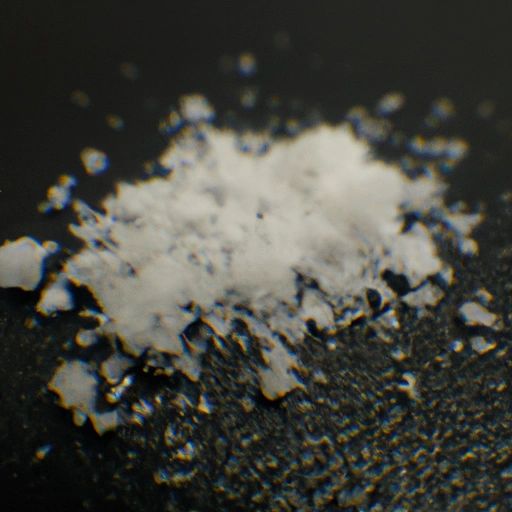Monosodium Glutamate
Description

Monosodium glutamate, commonly known as MSG, is a popular flavor enhancer that is widely used in cooking to intensify and bring out the taste of foods. It is a sodium salt of the naturally occurring non-essential amino acid glutamate and is known for producing a unique taste sensation called umami, which is often described as the fifth taste, alongside sweet, sour, bitter, and salty.
Common uses
MSG is predominantly used as a flavor enhancer in a variety of foods such as soups, processed meats, snack foods, and restaurant dishes. It is also often found in seasoning blends, bouillons, and condiments, providing a deeper and more complex flavor profile to numerous dishes.
Nutritional value
Calories
MSG contains approximately 0 to 4 calories per gram, depending on use, as it is typically consumed in very small amounts.
Protein
MSG is derived from an amino acid but does not significantly contribute to dietary protein.
Fat
MSG contains no fat.
Carbohydrates
MSG contains a negligible amount of carbohydrates.
Vitamins
MSG does not contain any vitamins.
Minerals
The primary mineral in MSG is sodium. One gram of MSG contains roughly 0.12 to 0.13 grams of sodium, which is about 5% to 6% of the daily recommended intake for an average adult.
Health benefits
While MSG is primarily used for its flavor-enhancing properties, it does not offer significant health benefits. However, when used in moderation, it can help reduce the total sodium content in dishes, as it allows for less salt to be used while maintaining flavor.
Potential risks
Despite numerous studies, there is no definitive evidence that MSG causes harm when consumed in moderate amounts. However, it may cause mild symptoms like headache, numbness, and flushing in sensitive individuals, a condition colloquially known as 'Chinese Restaurant Syndrome.' Excessive sodium intake from any source, including MSG, may lead to higher blood pressure and increased risk of heart disease.
Common recipes
MSG is used in a range of recipes, from Asian stir-fries and soups to American snacks and fast foods. It's also a key ingredient in many commercially-prepared sauces and seasonings.
Cooking methods
MSG can be added during or after cooking, as it does not require heat to activate its flavor-enhancing properties. It's soluble in water and can be easily mixed into marinades, sauces, and soups.
Pairing with other ingredients
MSG pairs well with a variety of ingredients, enhancing the natural flavors of meats, vegetables, and seafood. It complements both savory and sweet dishes, amplifying their taste profiles.
Summary
Monosodium glutamate (MSG) is a versatile flavor enhancer with a rich historical background and global use. While it offers no substantial nutritional value, its ability to heighten flavors is celebrated in many cuisines. Awareness of potential sensitivity and its sodium content should guide MSG use in culinary applications.